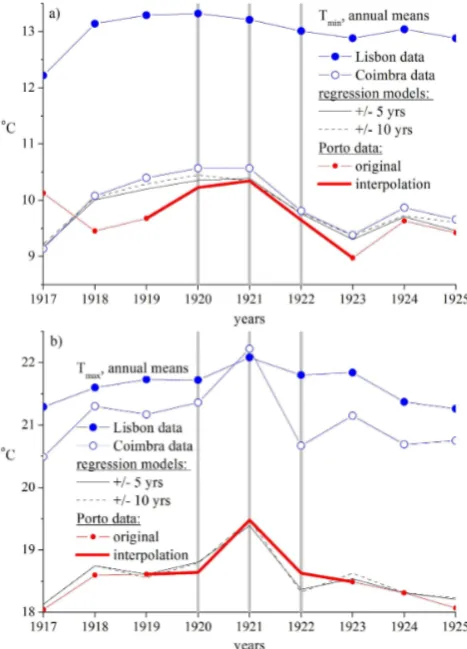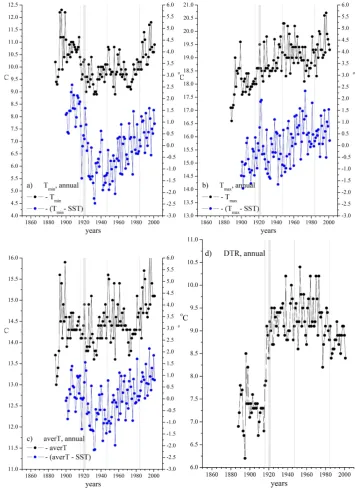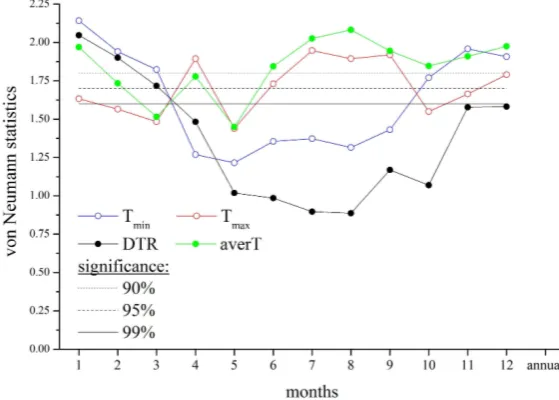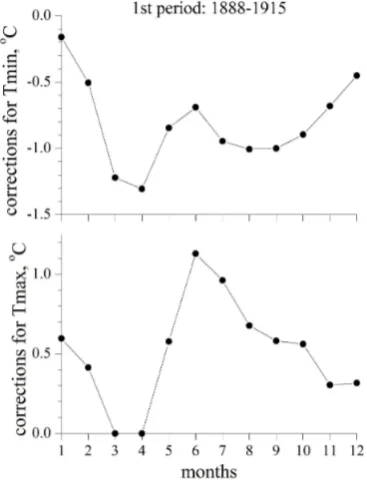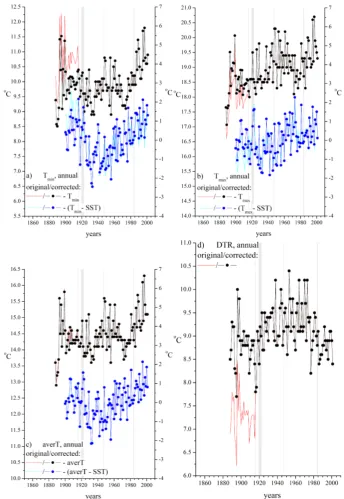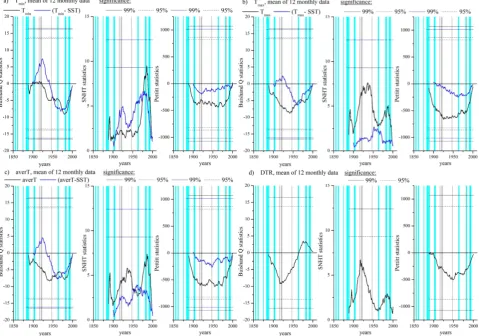Homogenization of Portuguese long-term temperature data series: Lisbon, Coimbra and Porto
Full text
Figure


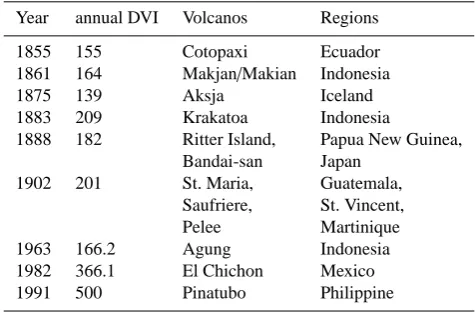

Related documents
Abstract : Three-dimensional porous silicon was fabricated by metal-assisted chemical etching of commercial polycrystalline silicon particles.. The mechanism of etching
Two large trials [13, 14] reported that duration of diabetes, not SD of HbA1c, was an independent risk factor for dia- betic retinopathy, whereas a subcohort analysis from a
The experiment was conducted at two villages named Rajpur and Garaikuti of Muktagacha Upazila under Mymensingh district in Bangladesh, with 12 indigenous
Despite benefits in using magnetostrictive materials in transducers, mechanical properties of the material, such as Young modulus, change according to the operational condition such
At the four proposed centers—NYU’s main location at Washington Square, its health corridor along First Avenue, Polytechnic Institute of NYU in downtown Brooklyn, and Governors
The details were calculated among the total number of patients without significant macular thickness and number of patients with macular thickness after using
Whilst further work will inevitably be required to expand the network beyond the XML data-mining corpus of the PubMed Central open access subset, the 600,000- article training
